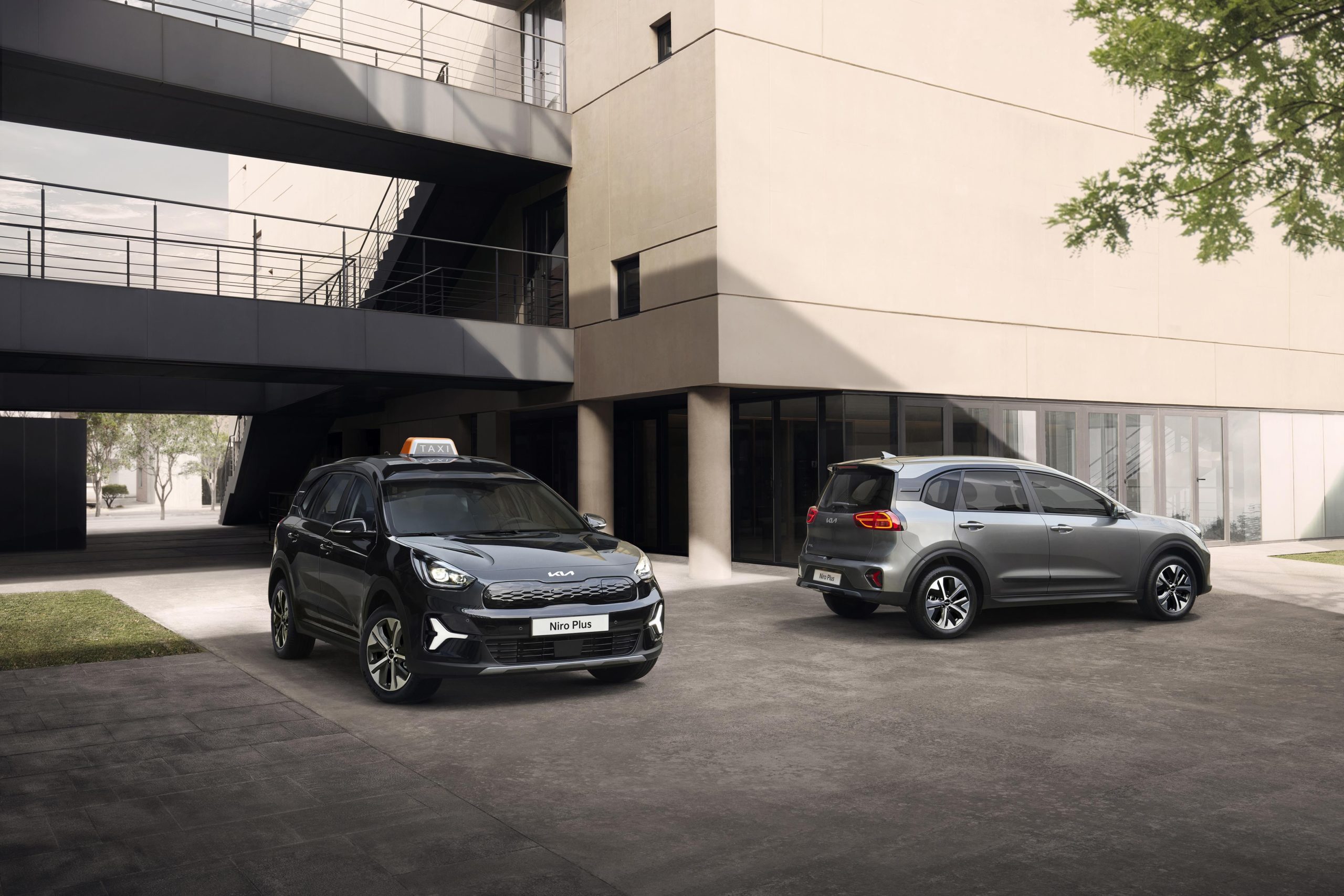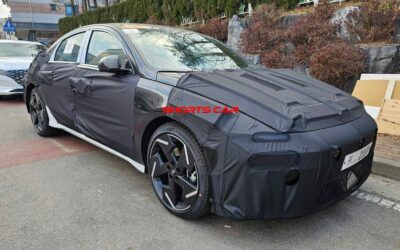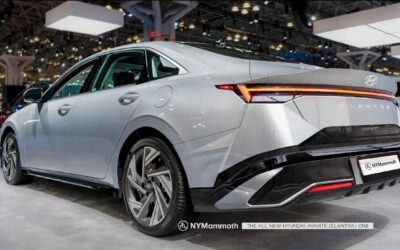Kia has today revealed the Niro Plus, its first ‘purpose-built vehicle’ (PBV). As a Sustainable Mobility Solutions Provider, Kia is exploring diverse ways to help people and businesses move beyond traditional automotive, and the company expects its PBV models to be an important part of future mobility.
The Kia Niro Plus will be deployed as a general model and zero-emission taxi in Korea, with the company modifying the first generation Niro EV to make it suitable for the demands of modern-day car-hailing. Its introduction follows the launch of the Ray Van in February, Korea’s first single-seater van designed to satisfy the growing national demand for small cargo delivery services.
Kia is the one of the first movers in the global PBV market and plans to become a market leader by 2030. To this end, the company is developing a dedicated platform upon which PBVs of different shapes and sizes can sit, meeting evolving customer needs and market trends.
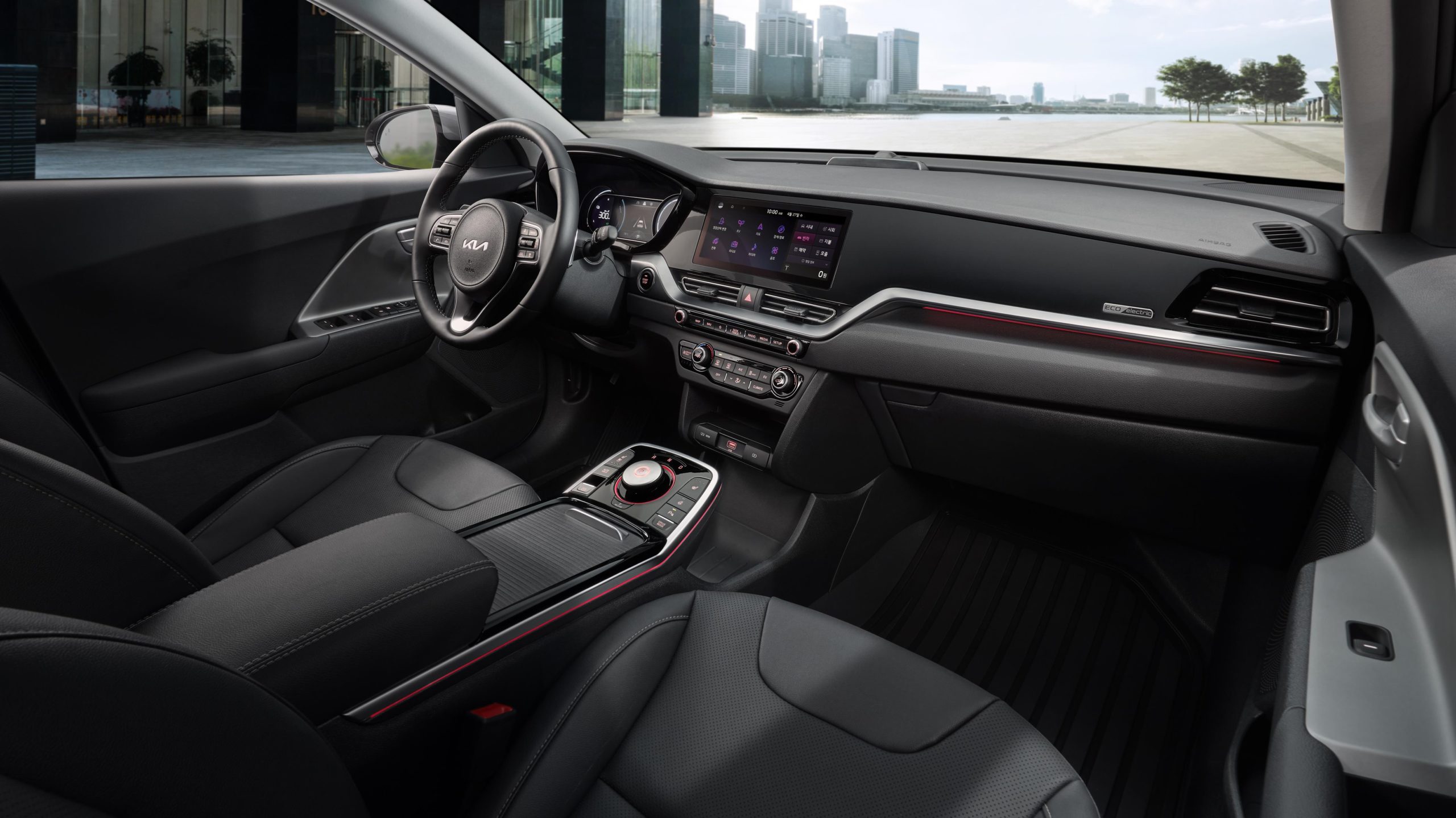
Kia will launch its first dedicated PBV model in 2025, by which time the global PBV market is expected to mature. The brand’s first dedicated PBV will be similar in size to a mid-sized vehicle, with inherent scalability.
Sangdae Kim, Head of Kia eLCV Business Division, commented: “Kia is transforming its business strategy to focus on popularizing EVs, and introducing new mobility products that are tailored to the needs of users in markets around the world. The Niro Plus is our first step into the world of PBVs, a market that holds great potential for future development.”
Niro Plus – Kia’s first PBV suitable for business and recreation
The Niro Plus is firmly part of Kia’s plans to become a Sustainable Mobility Solutions Provider and leader in PBV development. It also reflects a greater public demand for more sustainable means of working and travelling.
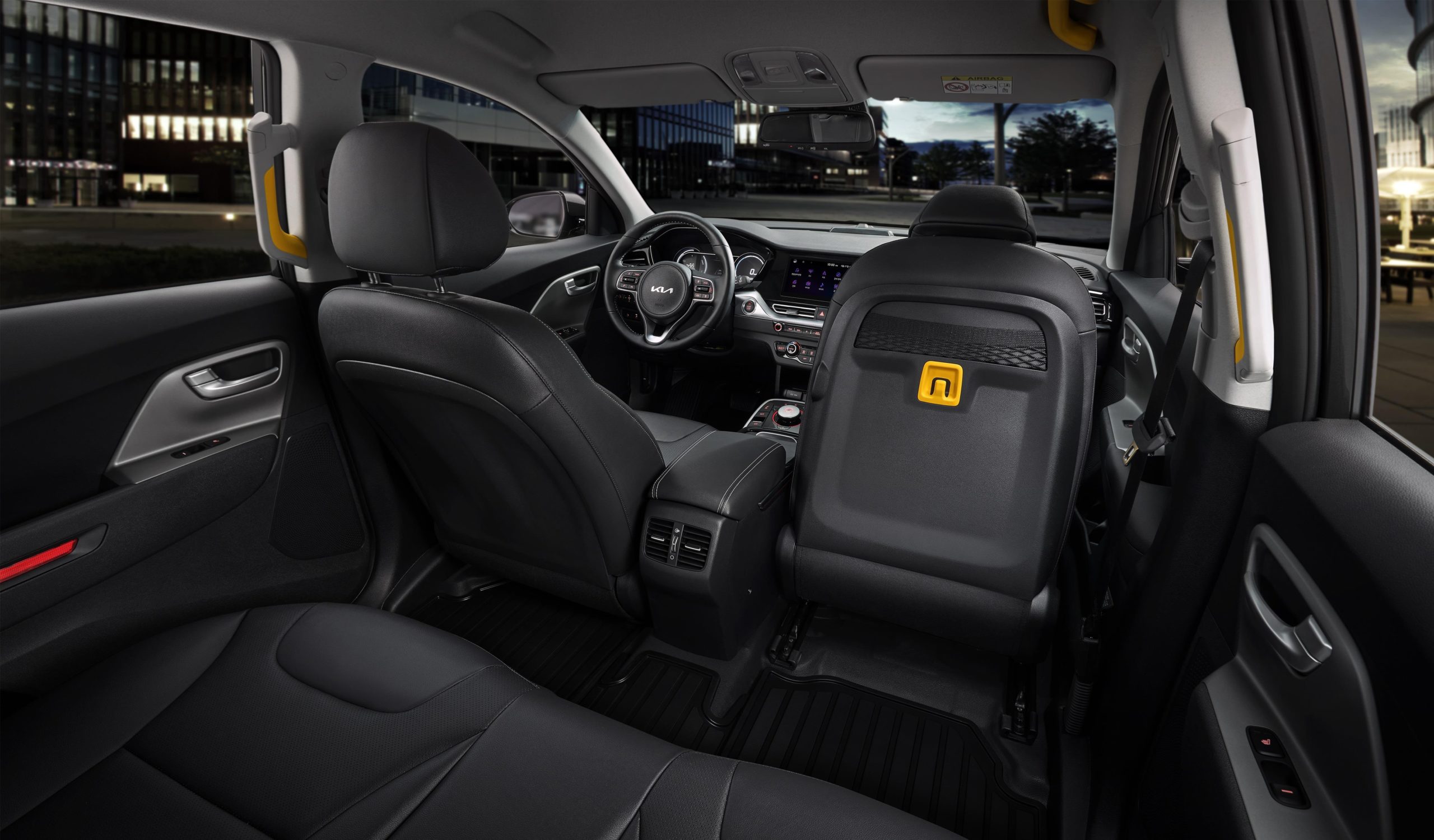
Kia is planning a general version of the Niro Plus for private owners, which can be used for many business and recreational purposes including car-hailing services. For example, Kia is envisaging a scenario where a small business owner uses the Niro Plus for work during the week, before making the most of its versatility at the weekend for leisure activities such as camping or visits to the seaside or mountains.
The demand for delivery and logistics services has increased significantly following the acceleration in e-commerce during the Covid-19 pandemic. As the PBV market grows, Kia plans to gradually expand its range from micro to large PBVs that can potentially offer an alternative to public transportation or even be used as mobile offices.
The general, non-taxi version of the Niro Plus will be made available in select overseas markets in the second half of the year. In addition to the battery electric vehicle (BEV) version, the Niro Plus will be available as plug-in hybrid (PHEV) and hybrid (HEV) electric vehicles in these markets, reflecting country-specific characteristics and diverse customer needs.
Kia aims to gradually expand its PBV business worldwide with the Niro Plus, and further launch markets and details will be announced soon.
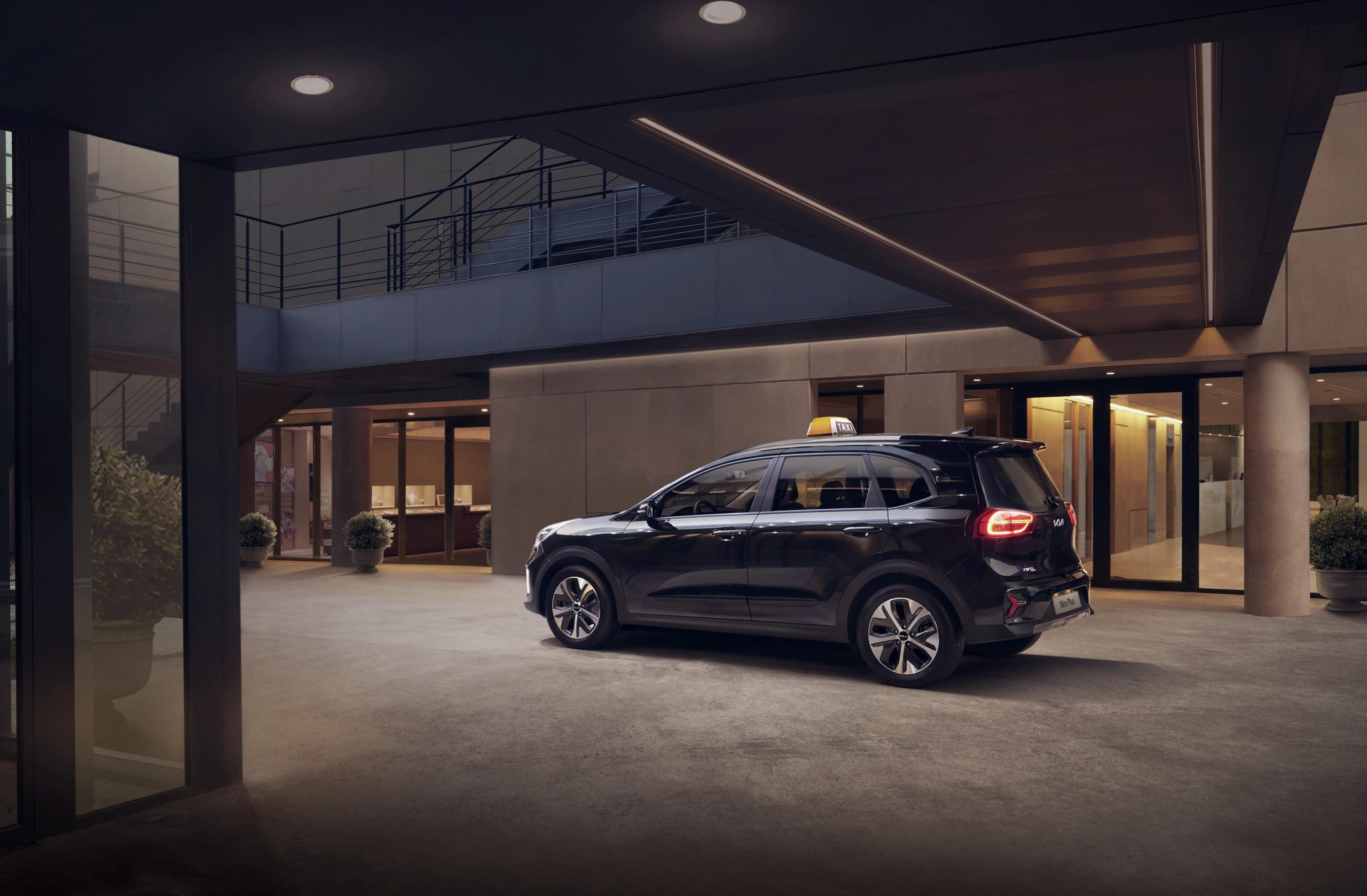
Niro Plus taxi model – for Korean taxi operators
The Niro Plus taxi model is based on the first generation Niro EV – Kia’s popular electric crossover. Since its launch in 2018, the Niro EV has sold globally, demonstrating the growing public appetite for versatile BEVs.
Kia has made several enhancements to the first generation Niro to make the Niro Plus ready to meet the robust demands of Korean taxi operators. Length and height of Niro Plus taxi model have increased by 10 mm and 80 mm respectively (compared to the first generation Niro without roof rack), to give occupants more space inside the cabin. Slimmed-down structures have also contributed to the greater cabin space, with the Niro Plus taxi model featuring thinner seats and door trims compared to the original Niro EV. Additional passenger safety and convenience features including door reflectors and assist handles are also available in both the taxi and general versions.
An integrated All-in-One Display for taxi model greatly improves convenience and safety for the driver, by removing the need for multiple devices and screens. The display will include all information relevant for taxi drivers to seamlessly go about their work, including navigation, app taximeter, digital tachograph and voice recognition. The system will also include data on relevant points of interest and locations of nearby EV charging stations. Kia plans to partner with local and national businesses to offer over-the-air (OTA) updates and services.

